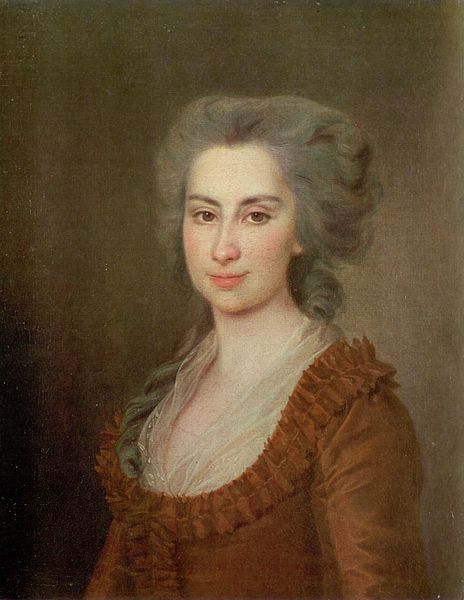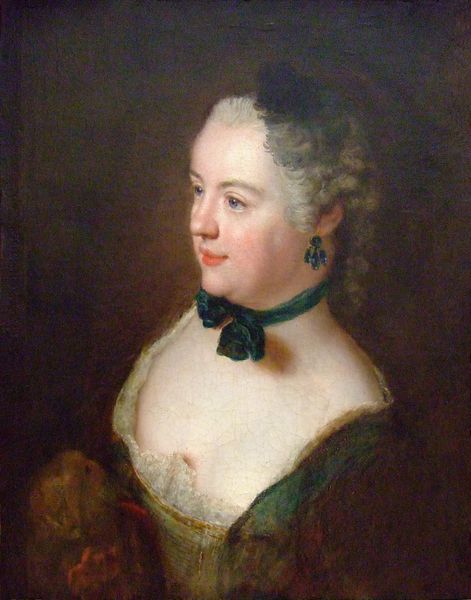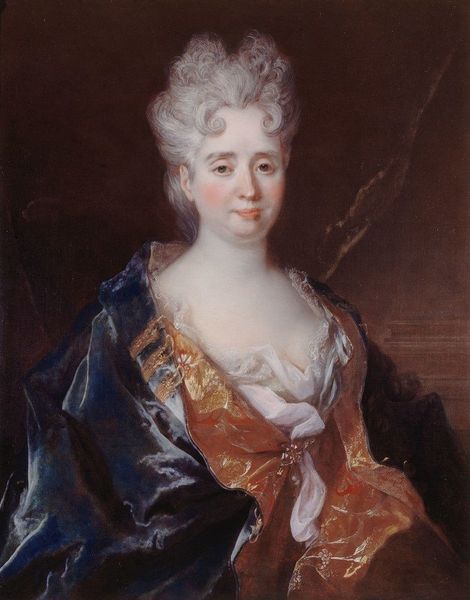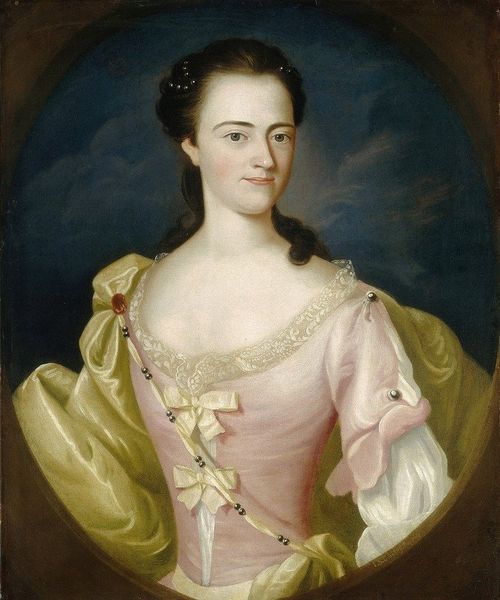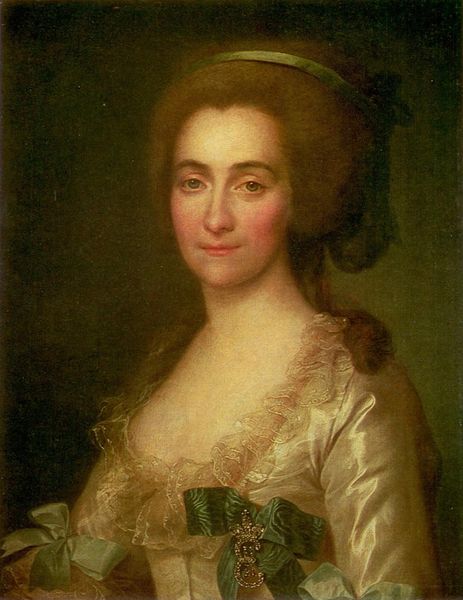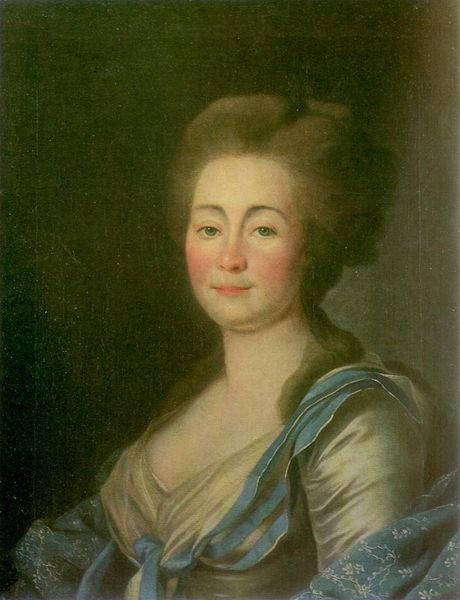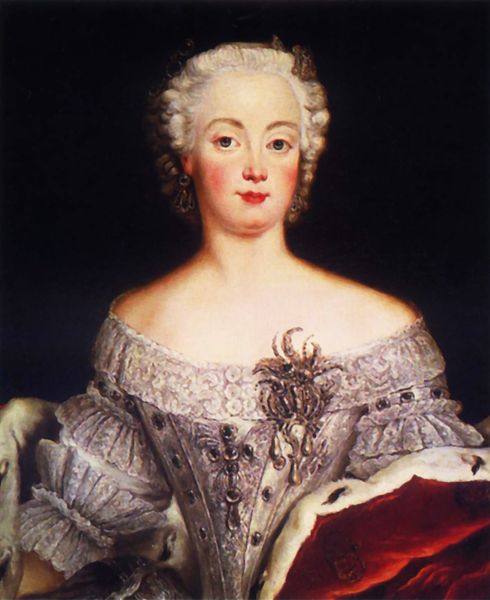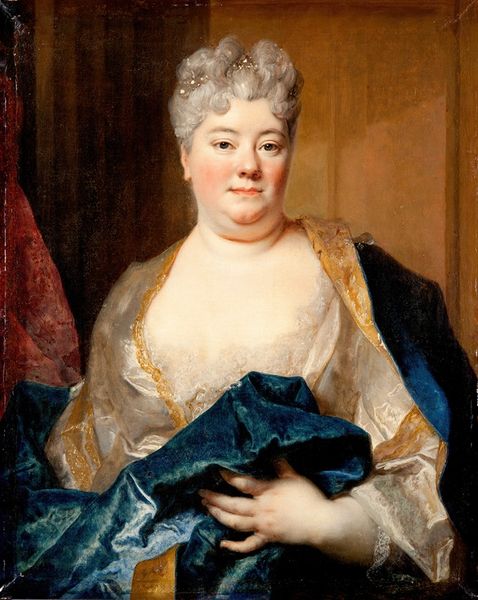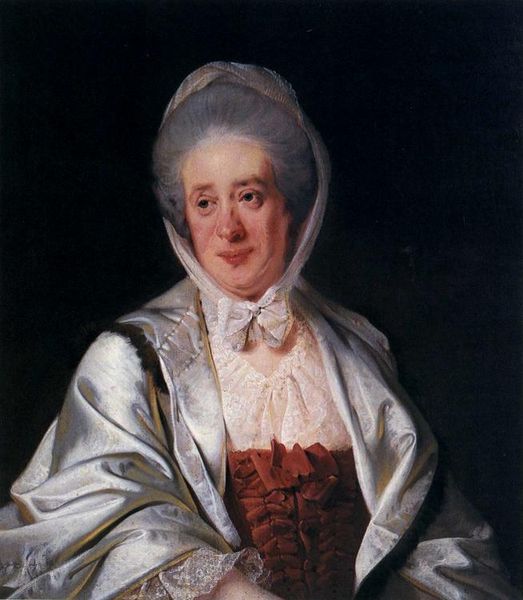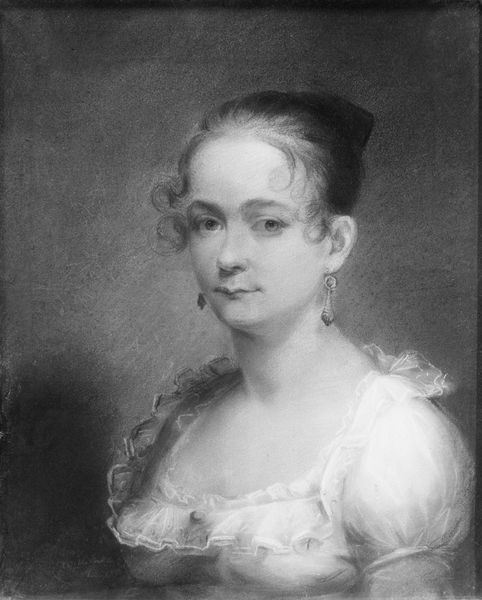
Portrait of Marie Francoise Buron 1769
0:00
0:00
jacqueslouisdavid
National Museum of Fine Arts of Algiers, Algiers, Algeria
painting, oil-paint
#
portrait
#
painting
#
oil-paint
#
figuration
#
realism
#
rococo
Dimensions: 66 x 54 cm
Copyright: Public domain
Curator: Here we have Jacques Louis David’s "Portrait of Marie Francoise Buron," created in 1769, a compelling example of late Rococo portraiture. Editor: My first impression? The abundance of lace almost overwhelms the subject. There's so much textile detail competing for attention, the viewer’s eye doesn't know where to land first. Curator: Indeed. Consider how portraiture functioned within 18th-century French society. It was largely commissioned by the aristocracy and the wealthy bourgeoisie as a display of status and taste. David, even early in his career, understood this dynamic. Editor: Absolutely, and you can see the materiality so clearly. Look at the detail in the oil paint mimicking the texture of that lace, the way it drapes and gathers. The painting itself becomes an object of status. Did the sitter have any say on this level of excess or would this have all been guided by a portraitist like David and dictated by prevalent style trends? Curator: One assumes Marie Francoise Buron held a degree of influence over the composition. Her expression projects a quiet confidence. Remember, these portraits weren't just about surface-level depiction; they were actively constructing identity, and reinforcing social standing, both the patron’s and the artist's. A successful artwork elevated everyone involved in the production of the artwork and boosted cultural institutions as a whole. Editor: It's intriguing how the softness of the Rococo style contrasts with what we know about David’s later, more austere Neoclassical works. The lace, the ribbons—it’s all so tactile and detailed. How complicit were artists such as David who would lead artistic, social and political revolutions? Curator: That is one of the fascinations of following an artist throughout their careers, particularly in David's case. His career followed the political currents very closely, revealing a complicated negotiation between personal artistic vision and the demands of the sociopolitical sphere. His evolving style acted almost as a mirror reflecting a tumultuous French society. Editor: It’s interesting to observe the role paintings such as this played in upholding a certain standard of luxury that ultimately fed the dissatisfaction and fuelled a complete social upheaval, even if unintentionally. Curator: Exactly, these portraits become historical artifacts loaded with significance when viewed through the lens of social history. Editor: Considering the craftsmanship, I appreciate seeing David’s evolving approach. His treatment of materials in the later works moves towards the more functional, but this really shows the artist as artisan.
Comments
No comments
Be the first to comment and join the conversation on the ultimate creative platform.
